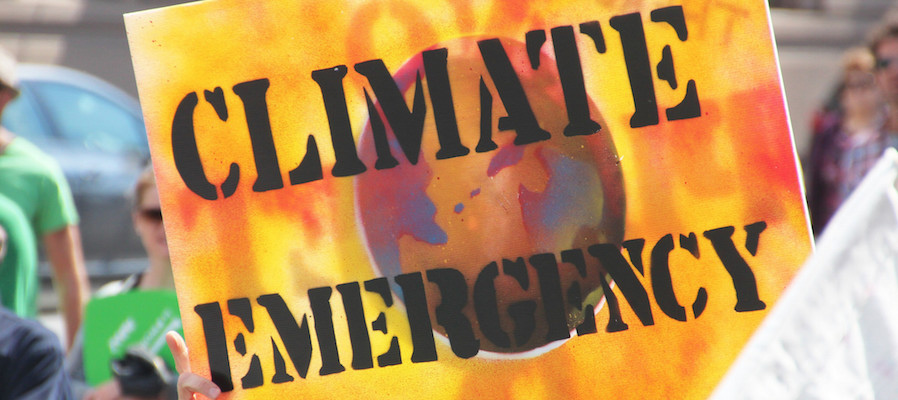Decarbonizing BC homes and the price of gas
Our climate justice framework for BC is to eliminate fossil fuels by 2040. In the household sector, this poses a significant challenge, not so much in terms of technology and knowledge, but because natural gas is much cheaper than electricity per unit of energy. Even though BC has among the lowest prices in North America, and for relatively clean electricity at that, pricing undermines incentives to shift away from fossil fuels.
In the Lower Mainland, the delivered cost of natural gas is approximately 3.28 cents per kWh, plus 0.45 cents per kWh in carbon tax. This compares to BC Hydro residential rates of 6.67 cents (tier one) and 9.62 (tier two) per kWh for electricity. Thus, gas prices are 56% the cost of the tier one electricity rate and 39% of the tier two rate, creating a perverse incentive to use gas as a fuel source instead of electricity.
Unfortunately, prices do not tell the truth. In terms of climate action and economics, there is an externality, or a cost borne by third parties to the market transaction, associated with burning fossil fuels. A recent study put the value of these external costs at up to $900 per tonne of CO2. While this is the top of the range, it would translate into about 16 cents per kWh, and implies that the price of natural gas is as much as five times lower than it would be if all costs were included in the market price.
Decarbonizing homes requires, minimally, that the gap between current natural gas and electricity prices be eliminated over time through effective carbon pricing. And this must also take into consideration looming increases in electricity prices. The cost of natural gas may rise on its own account, but additional carbon pricing measures may be required to avert a widening gap. Longer-term, making prices tell the truth is needed if BC is to reduce and eventually eliminate fossil fuels like natural gas over the course of the next few decades.
A deeper problem is that the BC government puzzlingly considers natural gas to be a source of clean energy, and often talks about GHG reductions and increased gas production in the same breath. At best, it is merely the cleanest of fossil fuels. In regions where electricity is produced by coal, a switch to natural gas can lower GHG emissions per unit of energy, although in the case of shale gas fracking, natural gas emissions may actually be on par with coal.
From a consumption perspective, space and water heating are the two sources of GHG emissions in homes: space and water heating together comprise 99% of residential emissions (the remaining 1% is from appliances). Electricity and natural gas are competing energy technologies for providing these services. Existing homes using natural gas heating/cooling and hot water systems (typically hydronic systems) could be converted to renewable fuel sources such as waste heat, biomass, geo-exchange, and solar thermal. Heap pumps of various types (including ductless models that can replace electric baseboard heaters) are also a very efficient way of providing space heating. Neighbourhood-level or district energy systems (including waste heat recapture) could also play a major role in the transition away from fossil fuels.
BC’s population is expected to increase from about 4.6 million residents to over 6 million by 2036. New housing and redevelopments should not be adding to BC’s appetite for natural gas, nor should energy efficiency programs subsidize conversion to natural gas. Instead, a slow-and-steady transition off of natural gas toward clean electricity from the grid and other on-site and neighbourhood-scale alternatives is needed, synchronized with energy efficiency gains to avert a major increase in electricity demand that could drive up prices.
The biggest overarching concern is that any such moves would massively increase poverty, or specifically energy poverty, where households spend a disproportionate share of their income on energy. A major plan for retrofit programs aimed at low-income households, and the older housing stock, multi-unit buildings and rental stock where low-income households are more likely to live is needed. Current energy efficiency grant programs are aimed at owners of typical single-family homes, which pretty much makes the irrelevant for low-income households. In addition to this, some form of income transfer (ideally, funded out of growing carbon tax revenues) would likely be needed.
Topics: Climate change & energy policy, Environment, resources & sustainability



